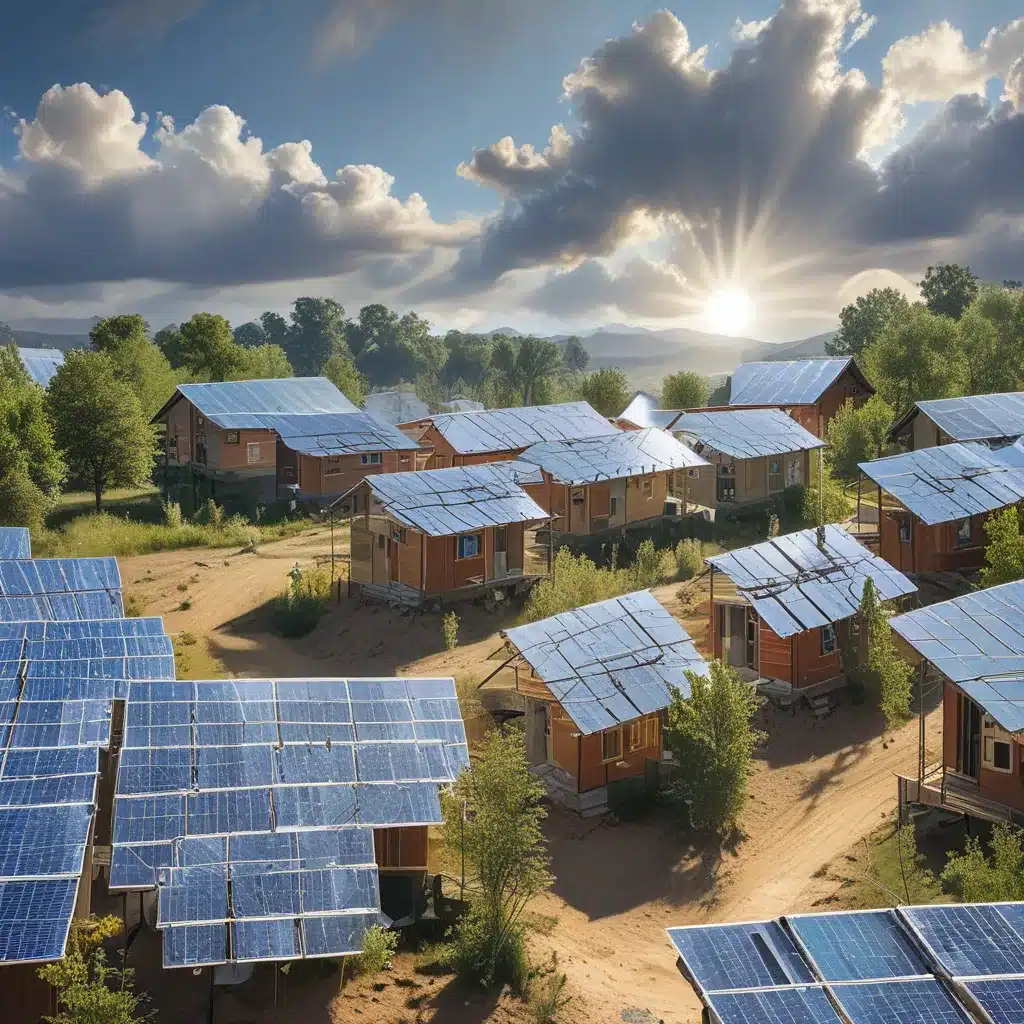
The Looming Threat of Climate Change
I’ll never forget the day I first learned about the true scale of the climate crisis. I was sitting in my living room, scrolling through the news, when I stumbled upon a disturbing report. The data was sobering – rising temperatures, more frequent natural disasters, and vulnerable communities bearing the brunt of it all. As I delved deeper, I realized that climate change wasn’t just some distant, hypothetical threat. It was knocking on our doorsteps, ready to disrupt the very fabric of our society.
The truth is, climate change exacerbates existing inequities, putting children, the elderly, the sick, low-income individuals, and communities of color at disproportionate risk. These communities often lack the resources and capacity to prepare for and adapt to a changing environment. It’s a harsh reality that demands our attention and action.
Empowering Vulnerable Communities
But amidst the gloom, there is a glimmer of hope. The Obama administration recognized the urgency of this issue and took steps to address climate change in a way that prioritized equity. They developed policies and initiatives aimed at increasing resilience in vulnerable communities, like the ones announced during President Obama’s landmark trip to Alaska in 2015.
More recently, the Department of Housing and Urban Development (HUD) announced the winners of the nearly $1 billion National Disaster Resilience Competition (NDRC). These 13 cities, states, and counties submitted applications that highlighted projects to help strengthen resilience in their most vulnerable, low- and moderate-income communities. The Corporation for National and Community Service also committed $4 million over three years to provide Resilience AmeriCorps members to the 27 NDRC finalists that did not receive funding.
The administration’s efforts don’t stop there. They’re also taking steps to support strategies that protect low-income and other vulnerable groups from the impacts of climate change. This includes expanding home weatherization and energy efficiency programs, restoring urban tree canopies, improving stormwater management, and enhancing food security in at-risk communities. Programs like these target those most in need of assistance by providing access to healthier, more affordable housing and food, and reducing the impacts that urban heat, local flooding, or other extreme events can have on vulnerable groups.
The Power of Solar Energy
As I continued to explore the administration’s initiatives, one solution stood out to me as a game-changer: solar energy. The White House recognized the incredible potential of solar power to empower communities and build resilience in the face of climate change.
The administration is taking steps to increase access to solar energy for all Americans and build a more inclusive workforce through a set of executive actions and commitments from leaders in the private sector. This is a critical step in ensuring that the benefits of renewable energy are accessible to everyone, not just the privileged few.
Community Resilience through Solar
But the true power of solar energy lies in its ability to help communities thrive, even in the face of climate change. Take the example of San Miguel County in Colorado. This county has taken on ambitious clean energy projects that include energy efficiency, renewable solar energy, and battery storage. Together, these projects will allow the county to reduce greenhouse gas emissions and create a microgrid – a local energy grid that can operate separately from the primary utility.
By leveraging state funding sources, San Miguel County is working towards becoming carbon neutral as soon as possible, saving taxpayer dollars, increasing resilience for mission-critical services, and aligning with Colorado’s broader climate action plan. The county’s efforts demonstrate how solar energy can be a powerful tool in building community resilience and adapting to the challenges of climate change.
Integrating Solar into Comprehensive Planning
Of course, the path to a more resilient future isn’t always straightforward. As communities grapple with the impacts of climate change, they need to carefully integrate strategies into their local comprehensive plans. This is where the concept of “resilience planning” comes into play.
Resilience planning involves not only adapting to the changing climate, but also reducing greenhouse gas emissions to mitigate the extent of climate change. It’s about recognizing the new risks and vulnerabilities that communities face, and developing the capacity to respond, adapt, and thrive under these changing conditions.
One key aspect of resilience planning is the integration of solar energy into the comprehensive plan. Many communities are now required by state law to include an element in their plan for the protection and development of access to direct sunlight for solar energy systems. This includes providing data, maps, and policies to support the growth of solar resources within the community.
Overcoming Barriers to Solar Adoption
Of course, the path to solar-powered resilience isn’t without its challenges. Communities must navigate various barriers, such as securing funding, updating local ordinances, and building public support for renewable energy projects. But with the right tools and resources, these barriers can be overcome.
That’s where organizations like Solar As Systems Inc. come in. We’re dedicated to helping communities unlock the power of solar energy and build resilience in the face of climate change. Our team of experts can guide you through the process, from conducting solar resource assessments to developing comprehensive plans that prioritize renewable energy solutions.
Conclusion: A Brighter Future Awaits
As I look to the future, I can’t help but feel a sense of cautious optimism. Yes, the challenges of climate change are daunting, but I’ve seen the incredible potential of solar energy to empower vulnerable communities and build resilience. By working together, we can create a future where no one is left behind in the face of a changing climate.
So, let’s roll up our sleeves and get to work. With the right tools, resources, and a shared commitment to equity, we can help communities across the country adapt and thrive, one solar panel at a time. The path forward may not be easy, but the rewards are worth it. A brighter, more resilient future awaits us all.


